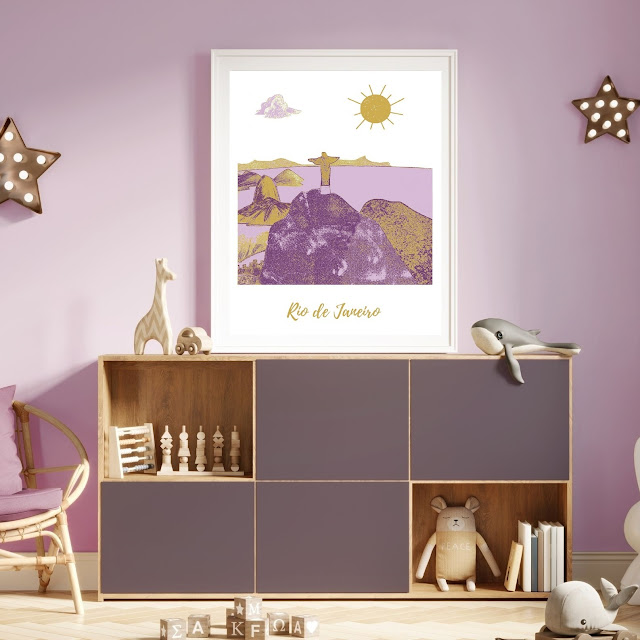Designing a child's room with the five senses

Friday is for doing On Tuesday, we dreamed of a room to feel and imagine. Today, here are some practical ideas to create a space that speaks to the eyes, the hands — and the heart. Sight: setting the visual tone Choose 2 or 3 main colors and repeat them across the room (walls, textiles, prints). Play with scale: one large frame + two smaller ones create rhythm. Use lighting well: a soft lamp can completely change the vibe. Bonus tip : hang a garland or mobile to create a strong visual anchor. Touch: textures that invite the hand Choose natural textures: cotton, wool, wood. Layer materials: a shaggy rug, a knitted cushion, a sheer curtain. Add tactile objects your child can interact with (a treasure box, felt figures, soft fabrics…). Bonus tip : create a small “sensory corner” with a few materials to explore. Smell: subtle, not scented Hang a small dried branch (like eucalyptus, lavender, rosemary). Place a dried orange slice in a keepsake box. ...



.jpg)
.jpg)
.jpg)
